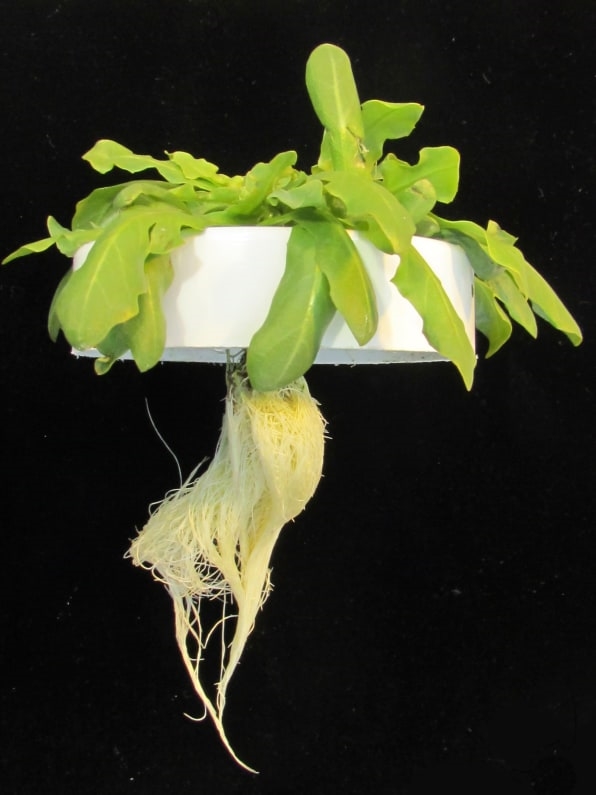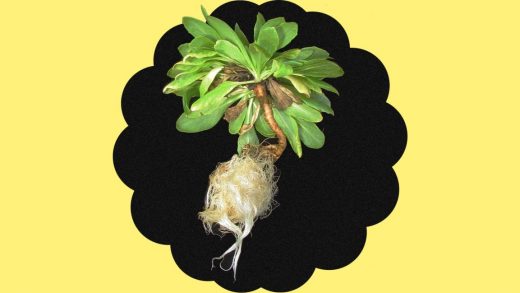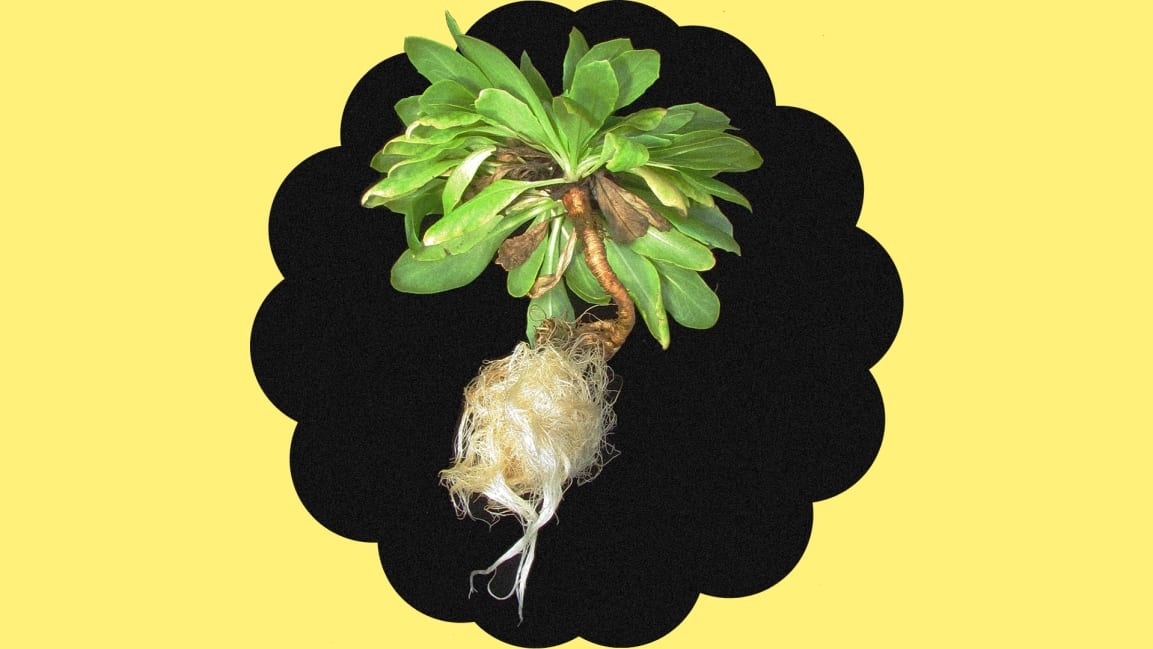Indoor farms full of dandelions could be our future source of rubber
Inside a lab at an Ohio State University research center, scientists are genetically engineering a dandelion that could soon be grown in large amounts in hydroponic farms. The goal: to harvest latex from the plant’s roots, which could help supply rubber for tires, flooring, toys, and tens of thousands of other products that currently use rubber from plantations that displace tropical rainforests.
“Demand for rubber is constantly increasing,” says Katrina Cornish, a professor in “bioemergent” materials at the university and the scientific advisor for a startup called American Sustainable Rubber that is commercializing the dandelion system. As more consumers in emerging markets can afford cars or motorcycles, demand for rubber in tires has driven deforestation in Southeast Asian forests. (Companies like Goodyear and Michelin now have anti-deforestation policies, so rubber plantations can’t easily continue to expand to increase supply.) While tires can sometimes be made partly from synthetic rubber, it doesn’t have the same functionality. Tires on planes, for instance, typically use 100% natural rubber, for example, because synthetic rubber can’t survive the extreme change in temperature on landing. The Hevea rubber tree is also grown as a clone, making it susceptible to a disease called South American leaf blight. “If that got a hold in Southeast Asia, the rubber plantations could be wiped out within a year,” says Cornish.

Since the invention of the car in the late 1800s–when demand for tires turned the rubber capital of Manaus, Brazil, into a place where rubber barons reportedly gave their horses champagne and sent their laundry to Europe–most natural rubber has been produced in essentially the same way. “Someone still goes out with a tapping knife and makes an incision and collects latex into a little cup,” Cornish says. “It’s amazing that we’re still doing it that way.”
This isn’t the first experiment with an alternative. Rubber production eventually shifted to Southeast Asia, and during World War II–when Japan occupied prime rubber-producing areas–the U.S. discovered that a variety of dandelion produces a latex that could feasibly be used as a replacement. Latex-filled pipes run through the roots, just as latex-filled pipes run through the bark in rubber trees. The challenge is that dandelions are difficult to farm efficiently; grown in a field, it’s hard to control for weeds (there’s also a lot of by-product, a waste stream that needs to be dealt with sustainably). That’s why Cornish is working on a system that could grow in indoor farms. “We can control growth rates, we can harvest the same plants multiple times, and it’s all very clean rubber,” she says. The scientists are using genetic engineering to optimize the root growth of the plant, a specific species usually found in Siberia. They’re also selecting plants that are the most successful at growing in hydroponic systems.
This year, the researchers are working on the hydroponic system to make it commercially scalable, and next year, they plan to have a much larger facility. Ultimately, American Sustainable Rubber plans to meet the gap in rubber supply through large-scale indoor farms. “I would like to see, certainly within the next 10 years, us becoming self-sustainable in natural rubber in the U.S., so that we produce the million tons-plus that we need for our own manufacturing concerns,” says Cornish. “I think that is doable. And beyond that, we could start turning into a rubber exporting country.”
(17)



